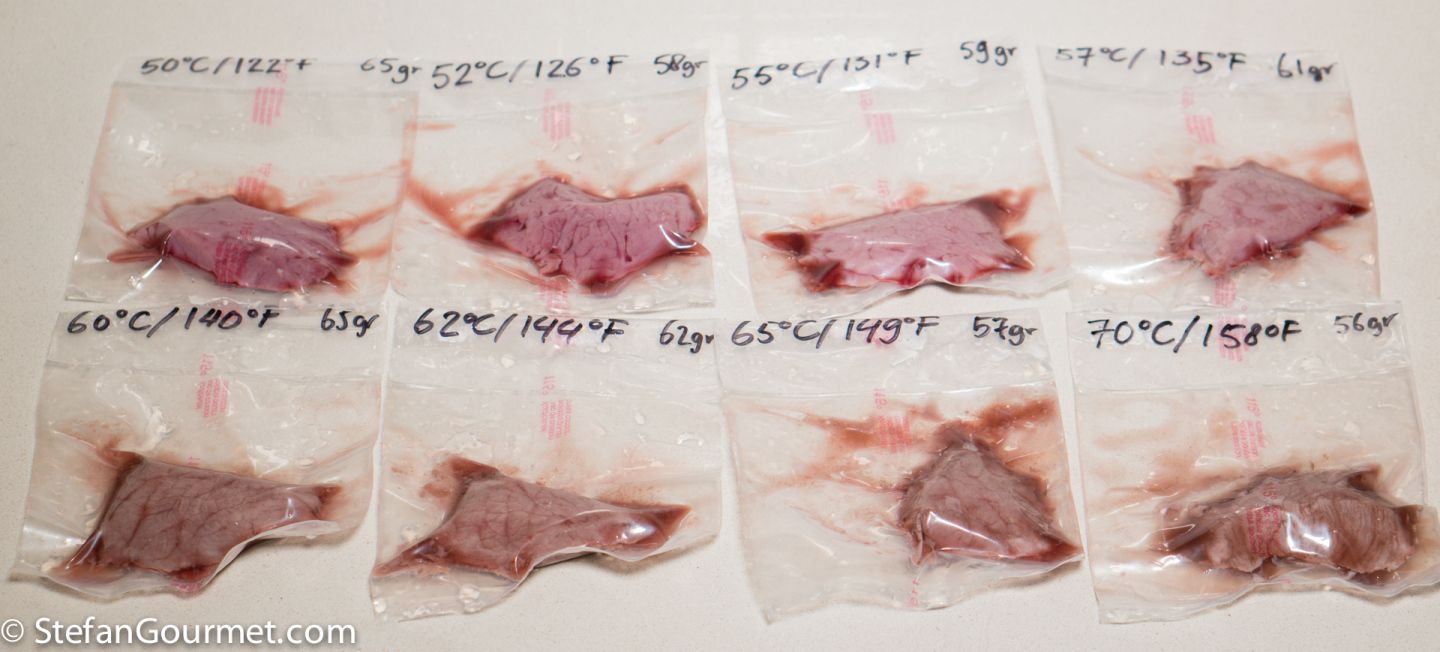The thickness and type vary, which are the crucial factors you need to consider in buying. To make things easier, here’s a guide in looking for the best wetsuit.
 Wetsuit 7mm Wetsuit, Clothes design, Women shopping
Wetsuit 7mm Wetsuit, Clothes design, Women shopping
Before we get to the temperature chart i can see some hardcore surfers complaining that they can surf in a shorty wetsuit in 59f (15 c) degree water.

Wetsuit thickness guide celsius. Kitesurfing, windsurfing, wakeboarding, waterskiing, sup wetsuit temperature guide & chart. Enjoy the water from the nearest coffee shop. Quality of the wetsuit definitely counts (this is why good winter suits for low temperatures aren’t cheap).
Wetsuit temperature guide scuba diving for those prone to feel the cold: The thicker material goes around the core for warmth and buoyancy, and the thinner material is for the arms and legs for mobility. Here's a quick chart that will help you find the right wetsuit thickness (density in millimeters) for your average local water temperatures (in celsius and fahrenheit):
Below 50 degrees (below 10 c) 8/7 mm semidry or drysuit. So you are permanently exposed to the wind and the outside temperature. The wetsuit temperature chart should be used as a guide only.
Wetsuit thickness and water temperature guide. The torso material is 5 millimetres thick, the arms and legs are 3 millimetres thick. So, in the uk the vast majority of open water swims and triathlon events will allow wetsuit use.
One of our most popular wetsuits is the vissla 7 seas chest zip 4/3mm wetsuit. “you only need a 3/2 millimeter wetsuit for 54f (12c) water, since our wetsuits are so. In america, usat guidelines state that you may wear a wetsuit if the water temperature is 78 (25.5°c) degrees or below.
This wetsuit thickness guide makes it easier for you to choose the right wetsuit for your unique watersport needs. You can get this info from any manufacturer. With bloody beginners this can look a bit different however, this stage should not influence the decision regarding the wetsuit thickness.
Here's and example of the numbers separated with a 0. Apr 16th, 2019 at 6:45am when planning a dive, it only makes sense that the colder the water is going to be, the thicker the wetsuit you’re going to need. When planning a dive there are many things you need to take into consideration to ensure it is an enjoyable and safe experience.
The first number represents the thickness of the neoprene in the torso area, the second number represents the thickness of the neoprene in the extremities (or just the. Their temperature charts make you believe: A 3mm wetsuit thickness is perfect for the end of the summer season and as we edge closer to autumn, with the water’s temperature slowly middling to around 15°c.
Warm water diving, most divers dream. Water temperature (°f/°c) wetsuit thickness (mm) type of wetsuit. Rashguard, booties, wetsuit hood, wetsuit gloves.
Beat the chill — pro tips for staying warm while scuba diving. Fit is as important as thickness, so get the right wetsuit! New and snug wetsuit will be warmer that an old, stretched out one of the same thickness.
A wetsuit of 5/4mm is thick enough to contend with the harshest of winter temperatures. A 5 millimeter (mm) wetsuit is perfect for the water with a temperature between 10 and 20 degrees celsius. Most of the time you are above the water surface.
Boots are optional this time of year. A cold water wetsuit, the sort of suit that would be worn by a surfer through winter when surfing in england. Rashguard, booties, wetsuit hood, wetsuit gloves.
Two numbers (e.g., 4/3) mean the wetsuit has two thicknesses of neoprene. Otherwise, using the wetsuit thickness table should be a very good place to selecting the right wetsuit style and thickness. If you are looking for wetsuit thickness/water temperature chart for surface water sports check this article.
In cornwall, where water temperatures rarely get below 9 °c, and probably in devon, wales and ireland, where they rarely get below 8 °c, a decent 5mm wetsuit will be sufficiently thick for most surfers even when the water’s at its coldest, which is usually between january and april. Any temperature below 77 f or 25 c you should wear a wetsuit, in some circumstances. In addition to the ability to keep you warm, these wetsuits provide a good amount of flexibility, perfect for body boarders, triathletes and surfers.
< 42 °f / 5.5 °c. Wetsuit thickness & temperature guide. A simple wetsuit temperature guide.
Air temperature an early morning surfer hitting the water as the sun rises may want to consider a slightly heavier suit or more coverage. Wetsuit thickness is measured in millimeters, represented with two or three numbers separated by a slash. 7 mm to 5 mm fullsuit.
Heat 3q 302 full back wetsuit. If you are to buy a wetsuit, the thickness is one thing you have to consider, depending on the water temperature. How to match your wetsuit to the water temperature by john brumm updated:
Boots are optional this time of year. Where you see a single number for a wetsuit (e.g., 2mm), it means that one thickness of neoprene is used throughout.





